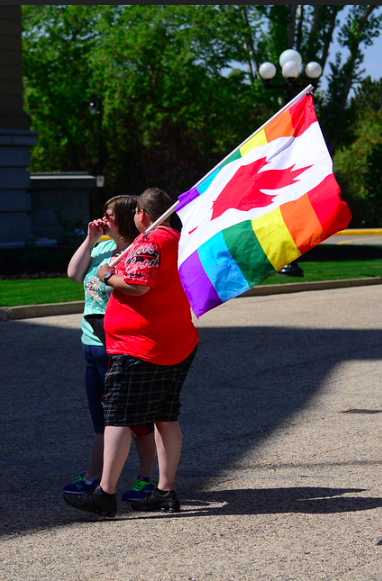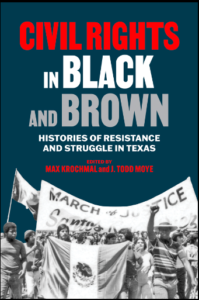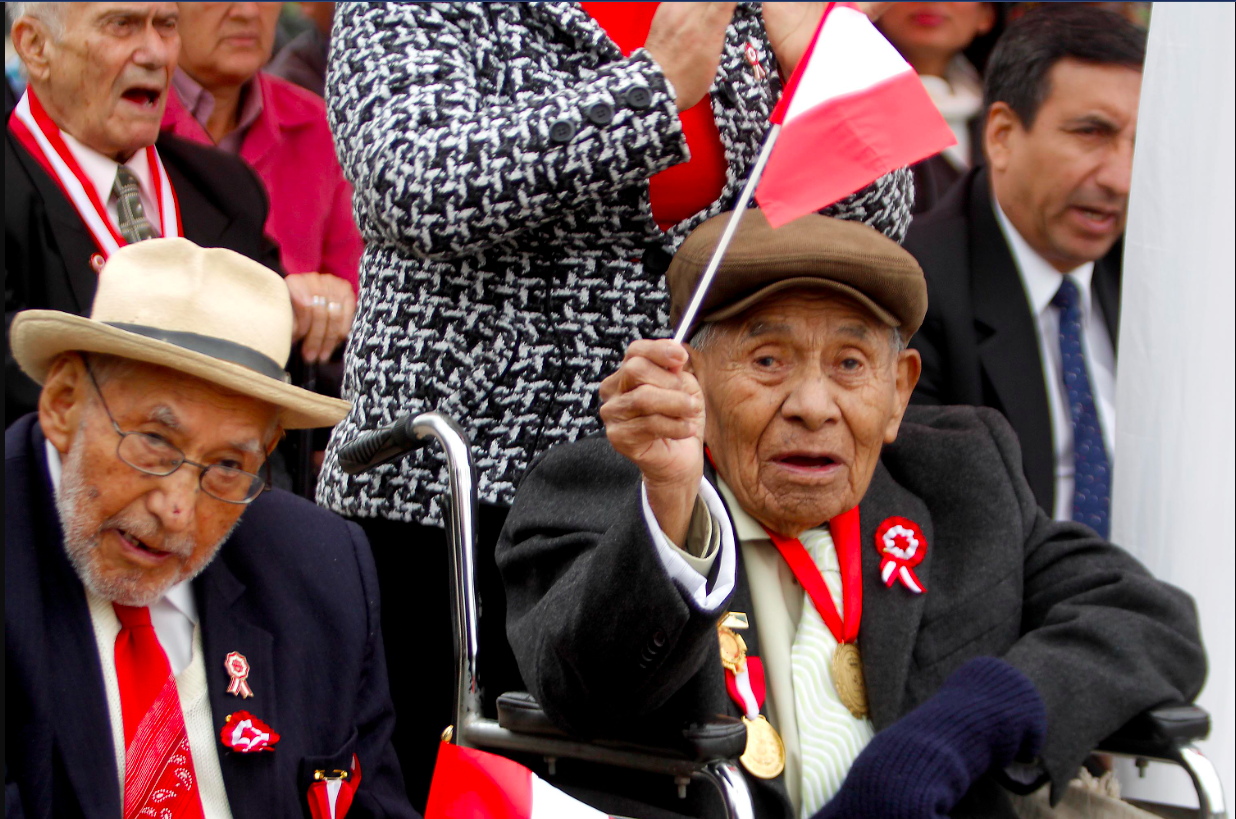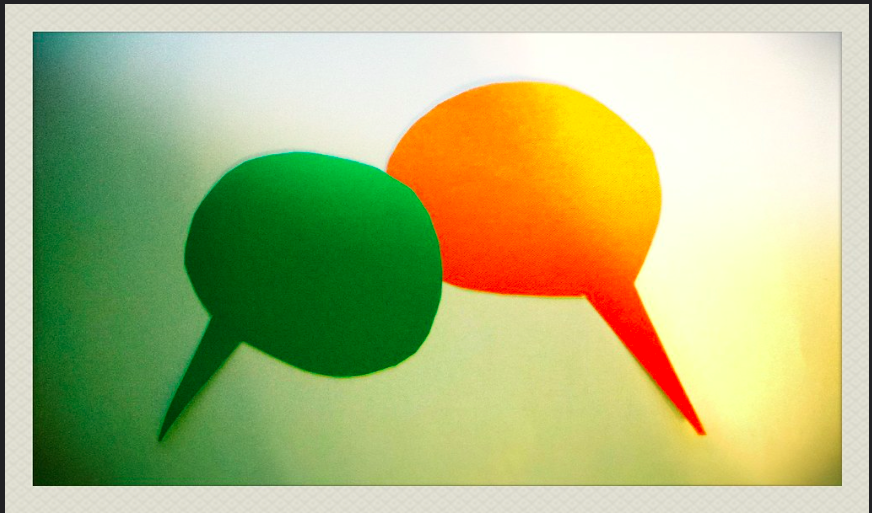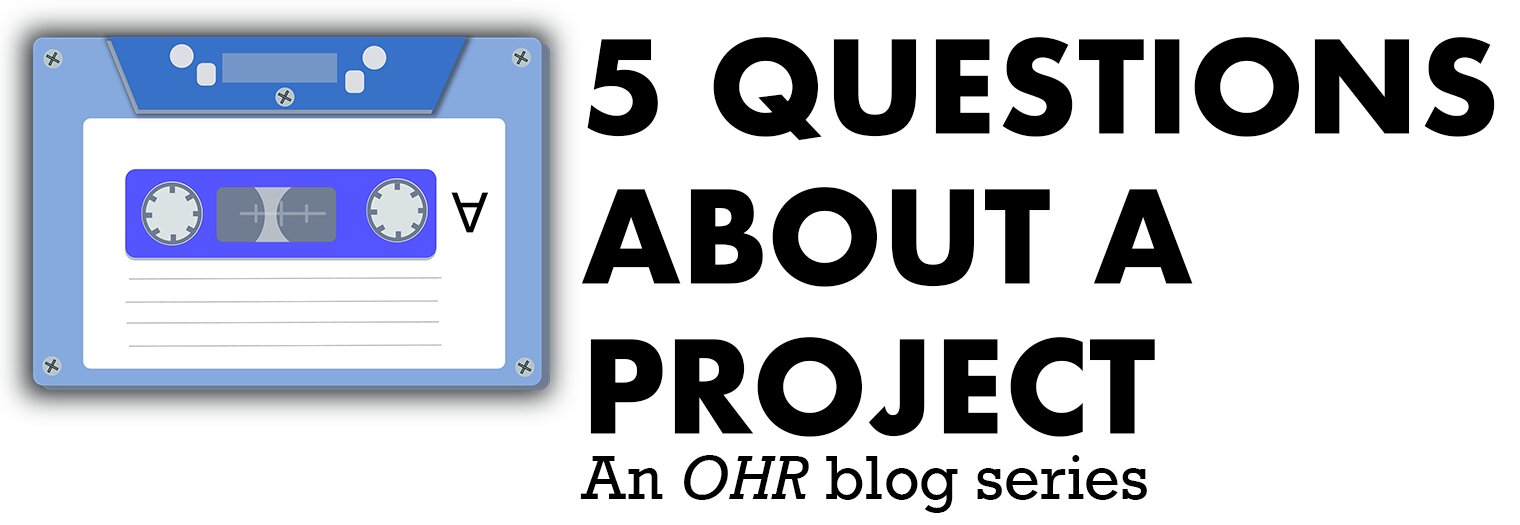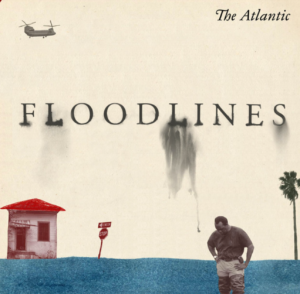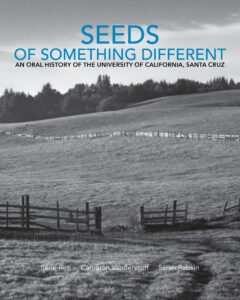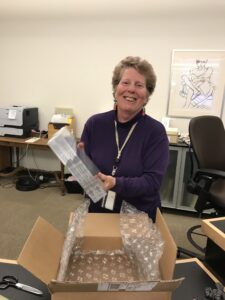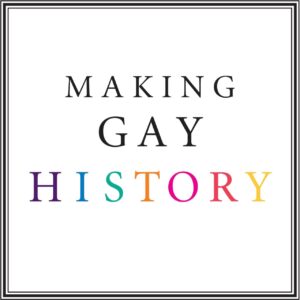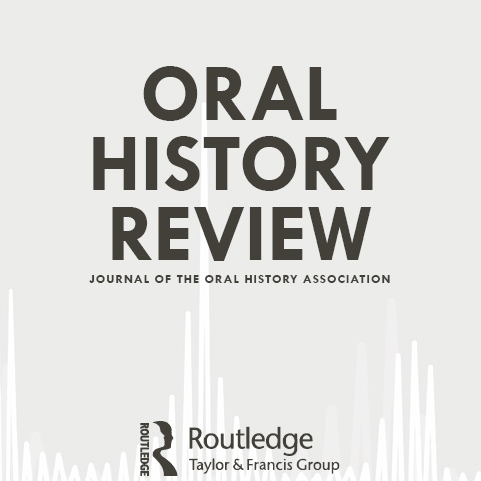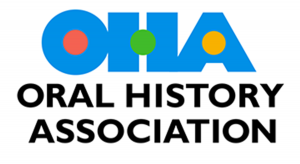Author Interview: Katherine Fobear on LGBTQ Oral History Methodology
In our upcoming issue of OHR (49.2), Katherine Fobear discusses project design and the incorporation of visual methods into storytelling for LGBTQ refugees in her article, “The Precariousness of Home and Belonging among Queer Refugees: Using Participatory Photography in Oral Histories in Vancouver, British Columbia.”
What is it about oral history that makes it an effective methodology for telling the story of LGBTQ refugees?
Oral history provides a valuable pathway for LGBTQ refugees to explore their experiences of migration in all of their complexity without having to confine them to one linear or limited narrative. Stories are essential for LGBTQ refugee seekers. It is through telling their stories that LGBTQ refugees must successfully argue to a Canadian Immigration Refugee Board member or American Asylum Officer that they not only qualify for asylum but are in need of protection. As an oral historian, working with LGBTQ refugees means working with people who have had to tell their stories of persecution, trauma, and migration over and over to various officials and service providers. They are in every sense expert storytellers. But in this constant retelling of their experiences in order to receive asylum, LGBTQ refugees’ narratives are often restricted to a limited and linear state narrative. This state narrative is usually serving Western nations like Canada or the United States by casting LGBTQ refugees as being only or simply victims living in “backward” countries and wanting the freedom that Western progressive countries can offer. This narrative may ring true to many LGBTQ refugees’ experiences, but it isn’t the only narrative and there is of course much more complexity to LGBTQ refugees’ experiences of migration and settlement.
This is where oral history can be such a valuable methodology to engage with the complexity of LGBTQ refugees’ experiences. At the core of oral history is recognizing and valuing the agency of narrators to guide their narratives. It is about building and recognizing the relationship between narrators and interviewers/researchers and recognizing how both are contributing to the narrative that is being shared. Oral history provides the necessary space for narrators to not only share more detail about their experiences but also to critically think about the past and its impact on their present. This recollection and reflection are not only incredibly important in complicating our understanding of peoples’ experiences, but it puts narrators at the center of analysis.
How do you prepare for interviews that may ask the victim to recall a traumatic experience? What approach would you suggest to someone new in the field?
First and foremost it is vital to be clear and upfront with participants about the purpose of the project and what the oral history will be used for. Whether this is for a public archive, historical research, or a family or community-centered project, it is essential to be clear as possible about why you are asking individuals to participate and what is your responsibility to them after the interview is over. Regardless of the circumstances in which the interview takes place, there is an incredible privilege in asking questions and asking a participant to share their story. Oral historians must always be aware of the power differentials and dynamics in the research and the relationship they have with the narrators. I really recommend meeting with the person before the interview to go over what will be asked and to give a general sense of the flow or process of the interview. It is here that I discuss with them the potential areas we may cover in the oral history in regards to traumatic incidences of violence and oppression. I explain how they have control over how much they want to discuss and that they have the option to not answer any questions I ask. They also have the option to take a breath, step away, move on, or even leave the interview.
I do repeat check-ins during the interview. I ask how they are feeling in general, whether they would like to take a breather, and how they are feeling about the interview. Sometimes when asking a question that I perceive to be more difficult or uncomfortable I preface it by saying “I’m going to ask you this question, but you have every right to not answer or tell me what you feel comfortable with sharing…” For me, it is about constantly reaffirming with the narrator that they have equal say in what is being asked of them. I also believe that ending an oral history interview is just as important as starting it. You need to think about care from beginning to end. In structuring the oral history, even if it’s a life narrative, I try to leave the interview in a restful or peaceful place as much as possible. This often involves preparing questions focusing more on positive aspects of a person’s life or having them think about the future. At the end of an oral history interview, I often ask “What is a message you would like others to hear about your experiences? What is a message or knowledge you want them to know about people who share similar experiences?” This allows the narrators to step outside of the immediacy of their experiences and memory to speak to the larger audience who may be reading or listening to their oral history. It provides an avenue for participants to contribute to the analysis of their narratives.
In the article, you discuss the employment of participatory photography and the role it played in your project. What drew you to this medium? Were there any other media you considered in the process of designing the project?
Through the years, I’ve been more and more interested in art-based methodologies as a means to further articulate meaning, knowledge, and understanding beyond text. I think as oral historians, many of us have experienced the limitation of words to fully express the complexity of human experiences. Bringing art-based methodologies to an oral history project is an exciting way to further explore meaning. Prior to doing photovoice, I worked on a Rainbow Refugee community arts project in which LGBTQ refugee participants shared stories and worked together on a mural and a short video. The experience was incredibly rewarding not only for the participants in being able to bond together but also as a means to advocate against anti-refugee sentiment, racism, and homophobia in Canada.
When considering how to design this oral history project, I wanted to bring an arts-based methodology into the research. I wanted an arts-based methodology that would allow the participants to work individually, without much guidance from me or a group. Participatory photography or photovoice was a way for participants to connect their oral history experience to exploring themes of home and belonging. It was a way for me to work with the participants one-on-one to further explore their narratives. What came out of it was a really interesting exploration of memory, storytelling, and emotion around home and belonging. The photographs collected and the participants’ interpretation of them were related to what the participants narrated in their multiple oral history interviews. They also went beyond that to explore the everyday experiences of their lives. I really liked the intimacy that photovoice brought to this research.
For our readers that may not be familiar with these methods what exactly are photovoice and participatory photography?
Photovoice is a participatory visual research method in which photography or image capturing is used as a tool for researchers and participants to understand individuals’ experiences as well as deconstruct and interrogate systemic problems. Photovoice has a long history in public health and public advocacy as a way for participants and their communities to document and analyze social barriers and feelings around health access. Participants are usually given a camera and guiding questions in which they then take photographs representing their experiences or their perspectives on a topic/issue. Researchers then analyze together with participants the meaning and feelings behind the photographs. It is fundamentally about situating research participants as sharing equal responsibility in data collection and analysis. Images become a means by which participants can share their perspectives with others and advocate for change.
Queer oral history is a growing field. How do you see the field continuing to evolve in the next couple of years?
Oral history has always been a fundamental component of queer historical research. If you think about important queer historical works like Boots of Leather, Slippers of Gold by Elizabeth Kennedy and Madeline Davis, oral history served as the primary methodology because there was a limited historical archive. This is the consequence of homophobic, transphobic, sexist, and racist oppression that continues to marginalize sexual and gender minority communities. When your sexuality or gender identity is criminalized and pathologized as deviant, dangerous, and/or destructive, personal or community artifacts are lost or never created out of fear of being outed or discovered. I understand this very much working with LGBTQ refugees who couldn’t keep mementos or anything documenting their sexual or gender identity out of fear of persecution. What they carry with them are their memories. That is the real importance of oral history in documenting and understanding LGBTQ2+ histories. It is at times only our story and our community’s memories that we have left.
This is all to say that oral history is not new to queer history. But, queering oral history is new. What I mean by queering oral history is engaging with queer theory in not only the oral history process but our analysis of oral history narratives. Queer theory challenges us to interrogate binary and static ideologies around identity, especially gender and sexual norms. There is a greater emphasis on exploring embodiment and affect, focusing on how memory and attachment are experienced through various senses beyond oral/text narratives. Performance is very much investigated in queer theory and this can be seen in recent works on queer oral history in which authors are exploring how narrators are performing their oral histories. Queer theory encourages researchers to experiment with methodology and to reflexively question positionality and power in research. Applying queer theory to oral history research has meant experimenting with and challenging traditional approaches to oral history methods, such as combining different methodologies like dance or art-based methods with oral history. Recent examples of this can be seen in Colin Whitworth’s article “Bodies in dialogue: offering a model for queer oral history” (Text & Performance Quarterly, 2021) in which the author explores how oral history and performance studies are interconnected.
I am excited about the rise of research and publications dedicated to queer oral history. What was a very niche field of study and scholarship is rapidly growing. When I started doing queer oral history research almost ten years ago there were a handful of publications and known scholars. I am excited by the possibility of bringing more critical queer theory to the conversation, especially engaging with other fields adjacent to mainstream or popular queer theory such as decolonial queer theory and trans theory. As of right now, I am excited by the growth of publications and researchers.
Katherine Fobear is an assistant professor of Women’s Studies and coordinator of the upcoming LGBTQ studies minor. Her research and activism focuses on the intersections of race, sexuality, and gender in migration and transitional justice. Her most recent work is with LGBTQ refugees and undocumented persons in Canada. Her new work focuses on the issues that transgender asylum seekers and undocumented persons face in the United States and Canada. She is an affiliate of Rainbow Refugee–a volunteer based organization in Canada dedicated to assisting those fleeing persecution on the basis of their sexual orientation and gender identity.
Featured image from Flickr user Mel Mel used with CC BY 2.0 license.
